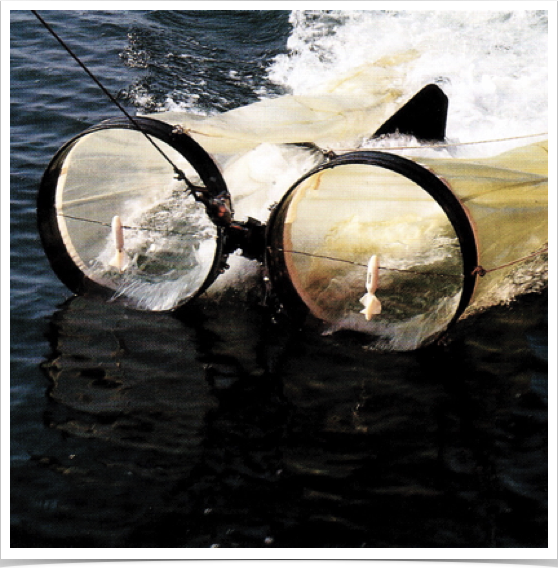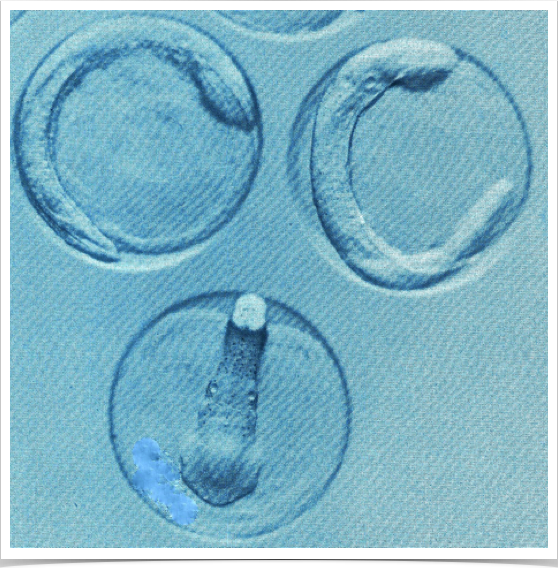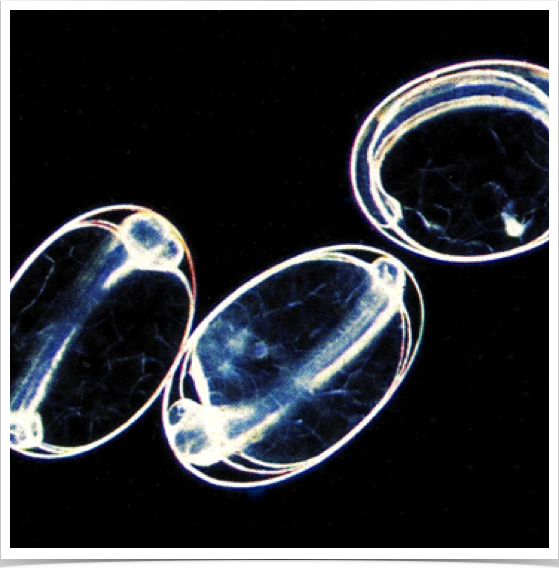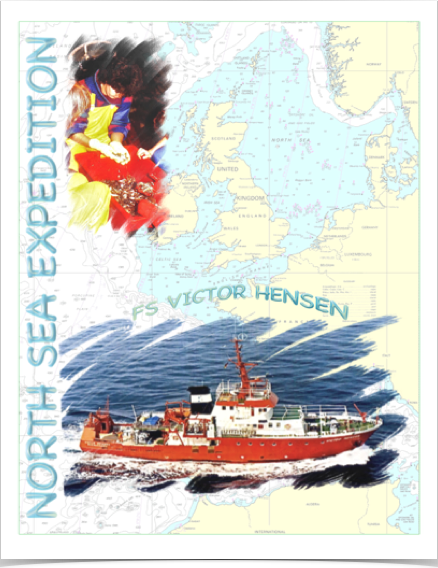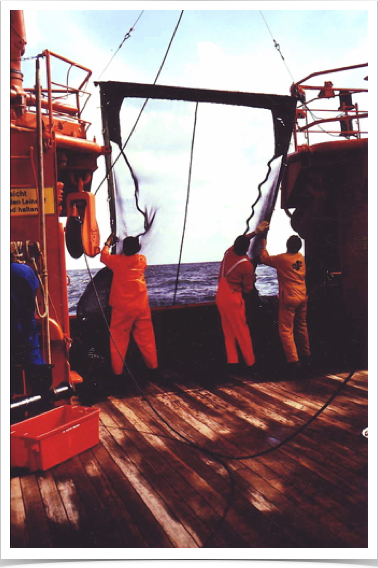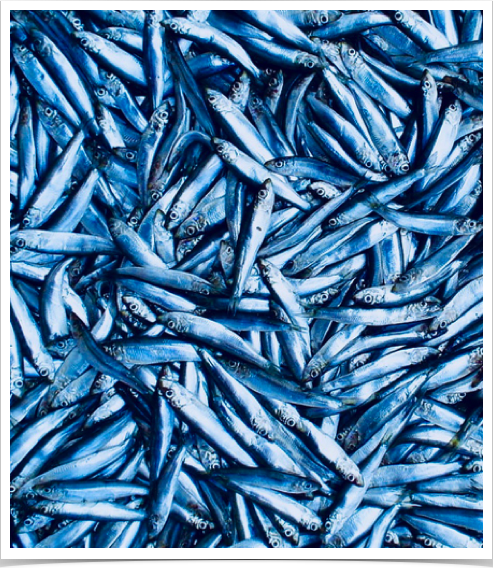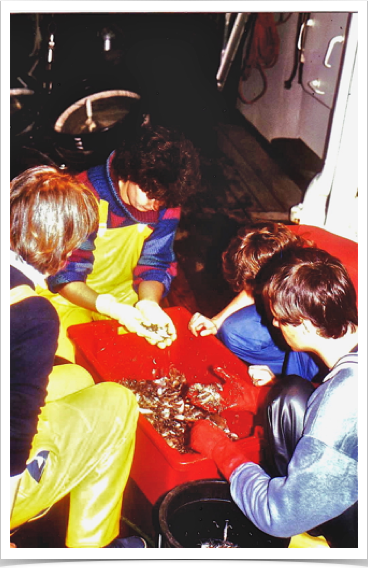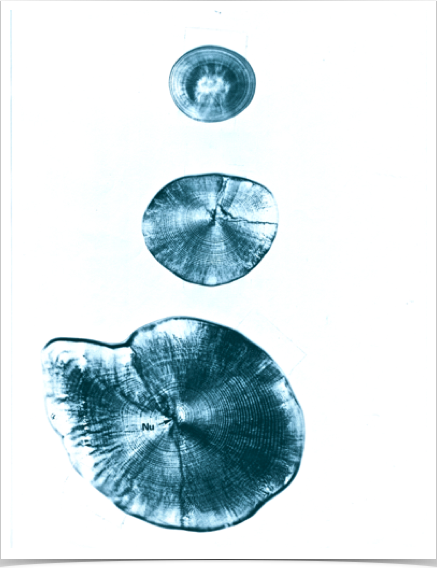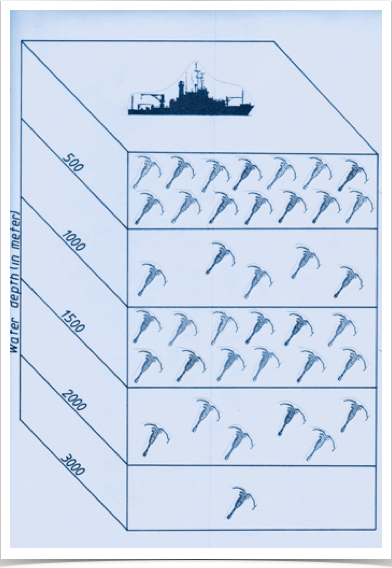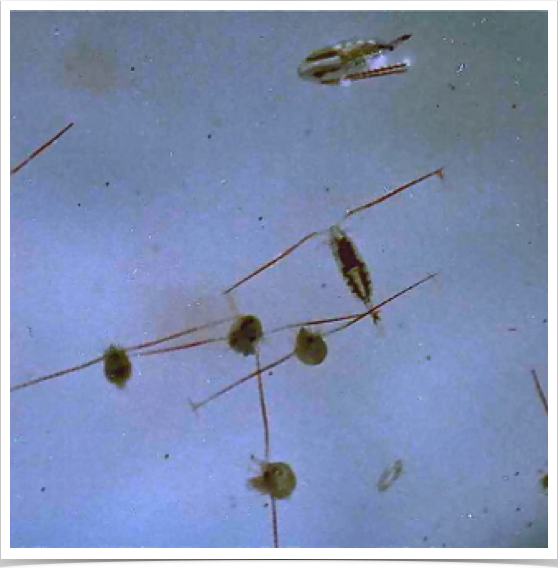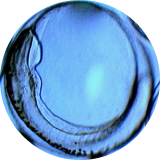
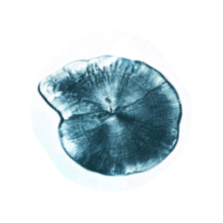
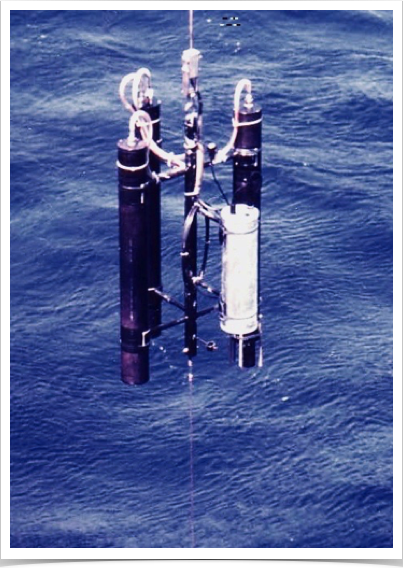
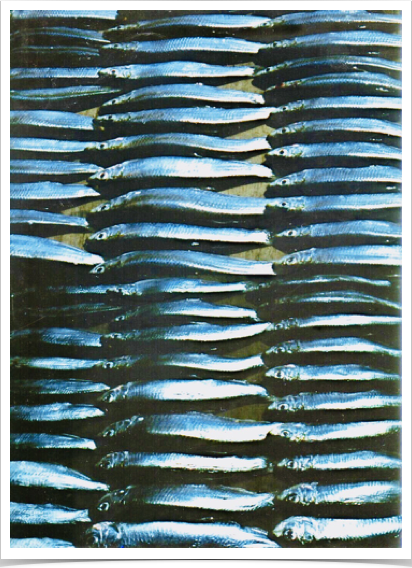
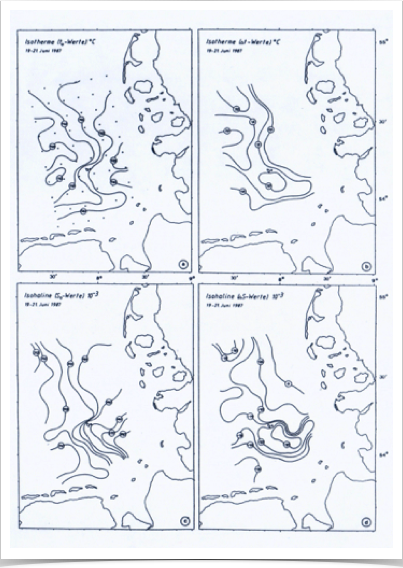
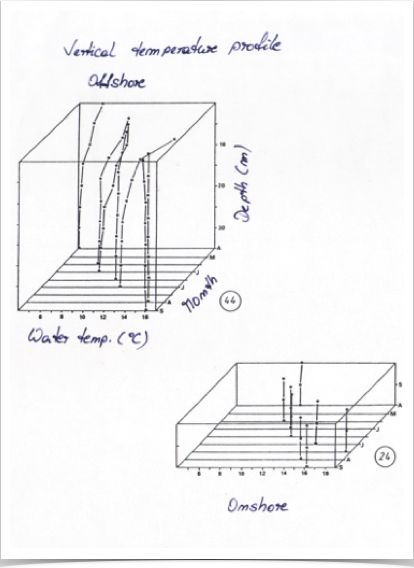
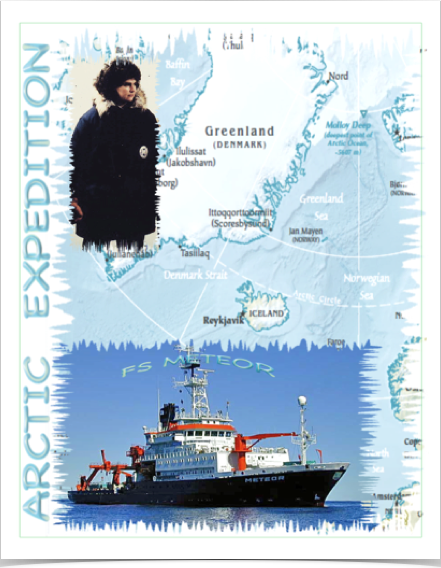
The Greenland Sea Project (GSP) investigates atmospheric, oceanic and biological processes in the Greenland Sea - an area where convective renewal of intermediate and deep waters contributes to world ocean ventilation. Oceanographic conditions such as cyclonic circulation, boundary currents advecting waters of Atlantic and Polar origin, and mixing across the fronts related to boundary currents - provide an extreme ecosystem for which biota have evolved specific surviving strategies. Studying the processes and rates of water‐mass transformation and transport, food chain dynamics and life cycles of dominant zooplankton species is relevant to understanding the role of the Nordic Seas in the Global Climate System.
DOCTORAL & POSTDOCTORAL RESEARCH: Bio-physical oceanography, fish recruitment and marine ecology studying temperate and polar species (1986-1989).
POSTDOCTORAL RESEARCH
• Participation in the Greenland Sea Project (GSP) – aimed at observing and modeling the atmospheric, ice, oceanic and biological processes relevant to understanding the role of the Nordic Seas in the Global Climate System; part of the World Ocean Circulation Experiment (WOCE) – an interdisciplinary World’s Climate Research Program investigating the ocean's role in global climate change. Oceanographic research included:
• Participation in METEOR 8 (1+2) cruise to the Arctic with FS METEOR.
• Conducting ecological and reproduction studies as well as physiological experiments on Arctic copepods associated with ocean circulation patterns in surface, mid-waters and deep ocean water.
• Biological, physical and chemical oceanographic research using oceanographic equipment such as surface, mid-water and deep water current meters, hydrocast water sampler, Bongo plankton and Neuston nets, Tucker trawl (multiple plankton sampler), sediment traps, surface, mid-water and deep ocean current meters incl. Thermistor chain (drifting vertical current meter), and XBTs (Expendable Bathythermograph used to study temperature structures of the ocean to depths of up to 1,500 meters).
• Evaluation of METEOR 8 samples: Identification, distribution and abundance, and reproduction of Arctic copepods.
• Statistical research data evaluation, preparation of reports and publications.
• Assistant Professor at AWI - joint teaching of graduate level courses in:
• Fisheries Ecology
• Bio-physical Oceanography
• Marine Biology
• Marine Ecology
Publications related to this research include:
Alshuth, S. 1990. Life in icy darkness. Plankton of the Arctic Ocean (German – Text and Photography). Mikrokosmos 79 (3), 74-79.
Alshuth, S. 1989. Distribution and abundance of dominant Arctic copepods in early winter. ICES C.M. 1989/L:8, Biol. Ocean. Cttee., 11 pp.
DOCTORAL RESEARCH STUDIES (1986 - 1988)
• Biophysical Oceanogaphy and Marine Fish Ecology: Reproduction and Recruitment of the sprat, Sprattus sprattus, in the North Sea associated with the physical oceanographic environment - and their impact on marine fish stock assessments and fishery inventory and regulation. Funded by the DFG (Deutsche Forschungs Gemeinschaft) as part of the IREP (International Recruitment Project) - part of the Ocean Science and Living Resources Program of IOC (Intergovernmental Oceanographic Commission) and FAO.
• Research focused on various trends of global climate change (i.e. accumulation of atmospheric greenhouse gases and other anthropogenic effects such as pollution, harmful algae blooms, overfishing, coastal development) may have major effects on marine ecosystems and the living resources that they contain. Oceanographic doctoral research included:
• Physical oceanographic studies of near shore and offshore ocean circulation patterns, studying seasonal formations of pycnoclines (thermoclines and haloclines), upwelling and downwelling areas, thermohaline circulation patterns, near-shore vertical mixing zones distribution and offshore density stratified systems associated with fish larval transport and successful recruitment.
• For chemical/physical oceanographic studies the following equipment was used onboard the research vessel: CTD probes, Hydrocast, Vertical Point Water sampler, Secchi disk• Early life history studies of sprat, egg and larval fish distribution studies as related to oceanographic processes, feeding ecology, age and growth, mortality and recruitment processes.
• Marine ichthyological studies on reproduction and recruitment using bottom, pelagic trawls and a special RMT (Rectangular Mid-water Trawl) - Isaacs-Kidd Mid-water Trawl for capturing adult and juvenile fish inhabiting mid-waters as well as oceanographic gear evaluation for sampling. BONGO nets, ring plankton nets, MPS – Multiple Plankton Sampler and Tucker trawls were used for ichthyoplankton sampling, and various physical probes for biological, physical and chemical oceanographic monitoring.
• Fish physiology, larval and juvenile culture and nutrition research.
• Otolith increment studies and juvenile growth and aging.
• Investigating the microstructure of embryonic and larval fish stage otoliths, revealing daily growth rings and patterns.
• Chief scientist on 17 oceanic cruises incl. the RV VICTOR HENSEN, leading a research team of twelve scientists from various oceanographic disciplines and research projects, and directing operations and research.
• Participation in more than 20 oceanographic research expeditions on VICTOR HENSEN.
• Statistical analysis and preparation of oceanographic expedition reports, and publications including:
Alshuth, S. 1991. Oil in the Persian Gulf (German – Text and Photography). Schiffahrt international 42 (5), 183-184.
Alshuth, S. 1990. Life in icy darkness. Plankton of the Arctic Ocean (German – Text and Photography). Mikrokosmos 79 (3), 74-79.
Alshuth, S. 1989. Distribution and abundance of dominant Arctic copepods in early winter. ICES C.M. 1989/L:8, Biol. Ocean. Cttee., 11 pp.
Alshuth, S. 1990. Age determination of marine juvenile fishes. Contribution for answering the recruitment problem? (German – Text and Photography). Biologie in unserer Zeit 20 (6), 305-307.
Alshuth, S. 1989. Growth of larval and juvenile North Sea sprat, based on otolith growth increments. ICES C.M.1989/H:15, Pel. Fish Cttee., 12 pp.
Alshuth, S. 1989. Variation in growth of adult North Sea sprat (Sprattus sprattus L.). ICES C.M. 1989/H:14, Pel. Fish Cttee., 14 pp.
Alshuth, S. 1989. Daily growth increments on otoliths of juvenile fishes (German – Text and Photography). Mikrokosmos 78 (5), 134-138.
Alshuth, S. 1989. Relationship between seasonal larval production and back-calculated birthdate distribution of juvenile sprat, Sprattus sprattus L. (Abstract). In: V. Recruitment studies. Rapp. P.-v. Reun. cons. int. Explor. Mer, 191, 468-473.
Alshuth, S. 1988. Growth rates and age distributions of larval and juvenile sprat (Sprattus sprattus L.). (German). Ph.D. thesis, University of Bremen, 191 pp.
Alshuth, S. 1988. Marine Ichthyoplankton. II. Fish larvae (German – Text and Photography). Mikrokosmos 77 (11), 334-339.
Alshuth, S. 1988. Seasonal variations in length-frequency and birthdate distribution of juvenile sprat (Sprattus sprattus). ICES C.M./H:44, 12 pp.
Alshuth, S. 1988. Age distribution of overwintering sprat larvae from the German Bight (North Sea). ICES C.M./H:43, 8 pp.
Alshuth, S. 1988. Daily growth increments on otoliths of laboratory-reared sprat, Sprattus sprattus L., larvae. Meeresforsch. 32, 23-29.
Alshuth, S. 1988. Marine Ichthyoplankton. I. Fish eggs (German – Text and Photography). Mikrokosmos 77 (8),240-244.
Click on any picture below to start slide show.
ALFRED WEGENER INSTITUTE
FOR POLAR & MARINE RESEARCH
Fish recruitment and larval transport associated with physical oceanographic conditions in the North Sea - aimed to explain and predict population fluctuations and shifts in community structure, their impact on marine fish stock assessments, fishery regulation and marine resource management.
ALFRED WEGENER INSTITUTE
FOR POLAR & MARINE RESEARCH

Home / Your Professor / Biography / Research / Marine Laboratories / Alfred Wegener Institute
